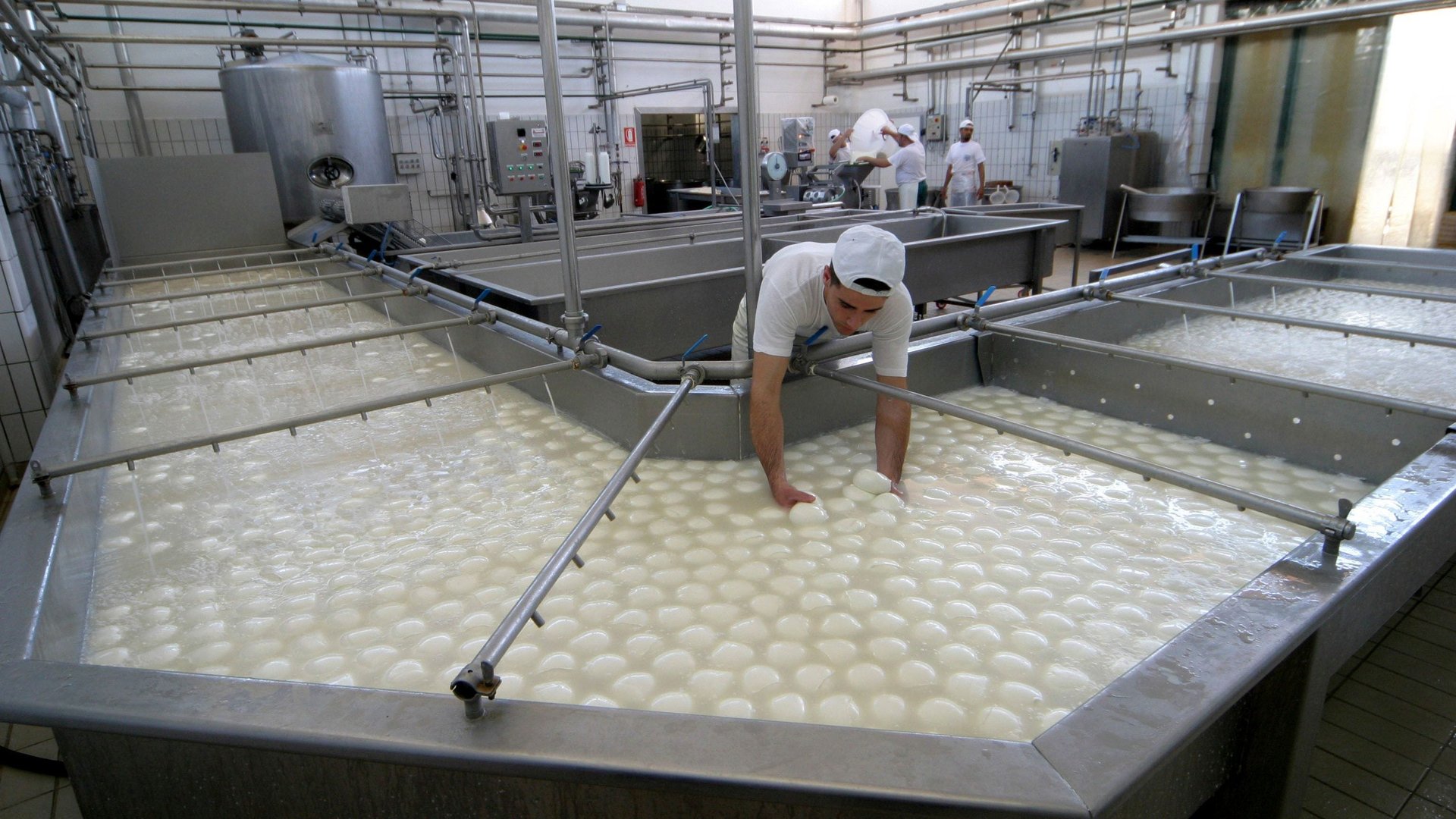American cheese is no longer the most popular cheese in America
For nearly 100 years, most of the cheese made in America was American cheese.


For nearly 100 years, most of the cheese made in America was American cheese.
Specifically, cheddar cheese reigned supreme: The cheese is a hallmark of states like Vermont and Wisconsin, and its production currently accounts for more than three times as much as all other American cheeses combined. It’s the cheese that’s processed into Kraft Singles and Velveeta, and it’s why the stereotypical American macaroni and cheese is orange.
But since the mid-1960’s, Italian-style cheese has boomed in the United States, working up from millions to billions of pounds produced each year, according to data gathered from the US Department of Agriculture (USDA). The driving force behind this shift has been mozzarella, the gooey economic engine that propelled Italian-style cheese to overtake American cheese production in the US in 2010.
Since then, the trend has only grown: Italian cheese is the new American cheese.
The reason why mozzarella is so popular is simple, says food scientist and cheese historian Paul Kindstedt, a professor at University of Vermont.
“It’s just been this unprecedented rise in popularity of pizza,” Kindstedt said.
Since the 1960s, the cheese industry has profited from America’s love affair with the Italian staple. Kindstedt traces the growth of pizza’s appeal to the expanded palates of soldiers returning home from World War II, as well as the post-war economic boom that meant more people could afford to eat out at restaurants.
“After World War II, it was a different world,” Kindstedt said. “The desire for convenience, and the prosperity to take advantage of others making food, pizza was right there as this incredible food that is so engaging, so versatile. You have a pizza pie with mozzarella cheese, which is a very mild cheese, that can be merged with almost any kind of ingredient to make an almost infinitely varied product.”
As Italian cheese production in the US eclipsed that of American cheese, pizza became even more popular—especially with the rise of fast-causal pizza chains that are starting to offer similar blends of quality and speed in the vein of Chipotle, says Marla Topliff, co-chair of the American Restaurant Association’s Pizza Industry Council and president of Rosati’s Pizza in Chicago.
Franchises like Domino’s have prospered in the last decade, producing stock gains that outperformed most of the tech industry.
Another rising giant in Italian cheese is US production of Parmesan-style cheese, which has grown faster than any other type besides mozzarella. (Kindstedt doesn’t think US-made products will usurp authentic Parmigiano-Reggiano: Authentic Parmigiano-Reggiano cheese must be imported from Italy, unlike mozzarella which doesn’t claim authenticity based on where its produced. )
Still, topped by mozzarella, the continued rise of Italian cheese in America seems assured, given the current trend lines.
“You can’t really make a pizza without cheese,” Topliff says. “I mean, you can, but it would be for very few people.”